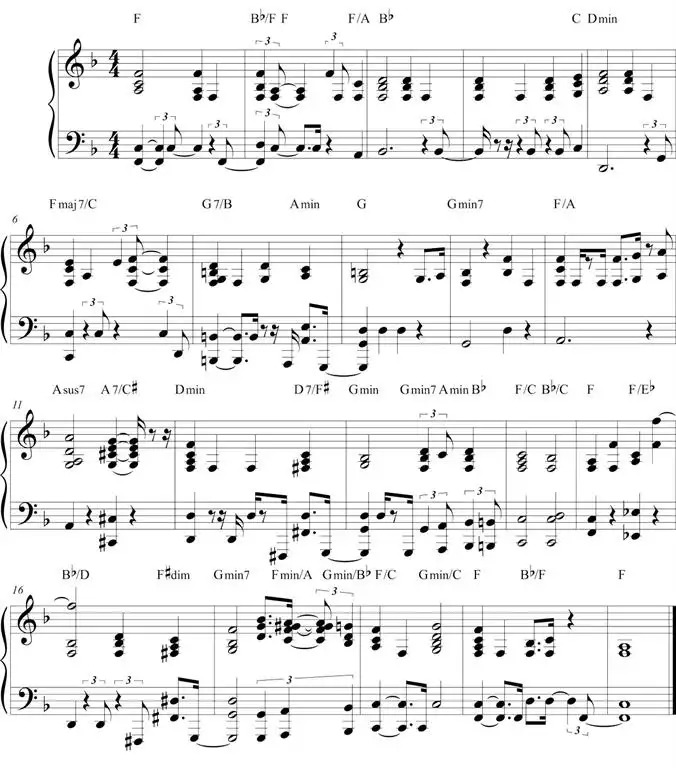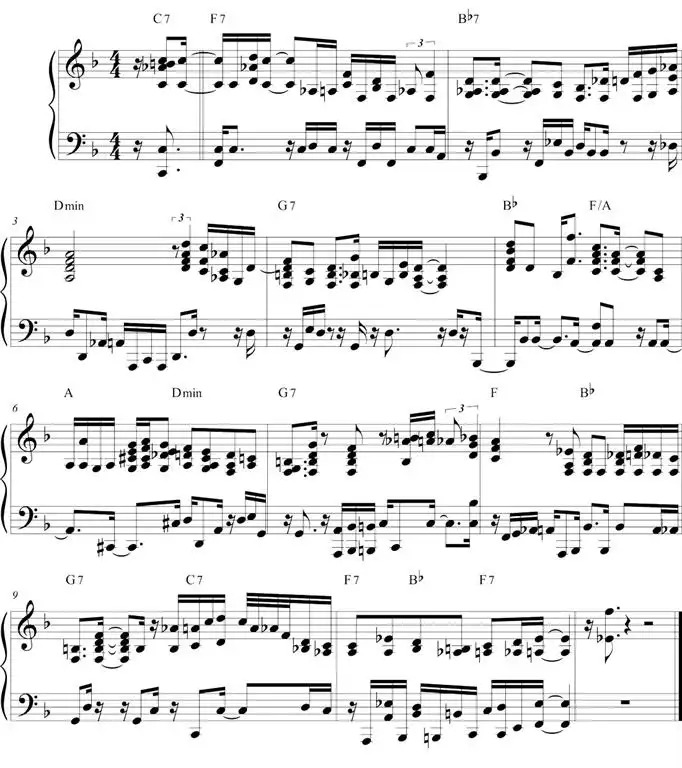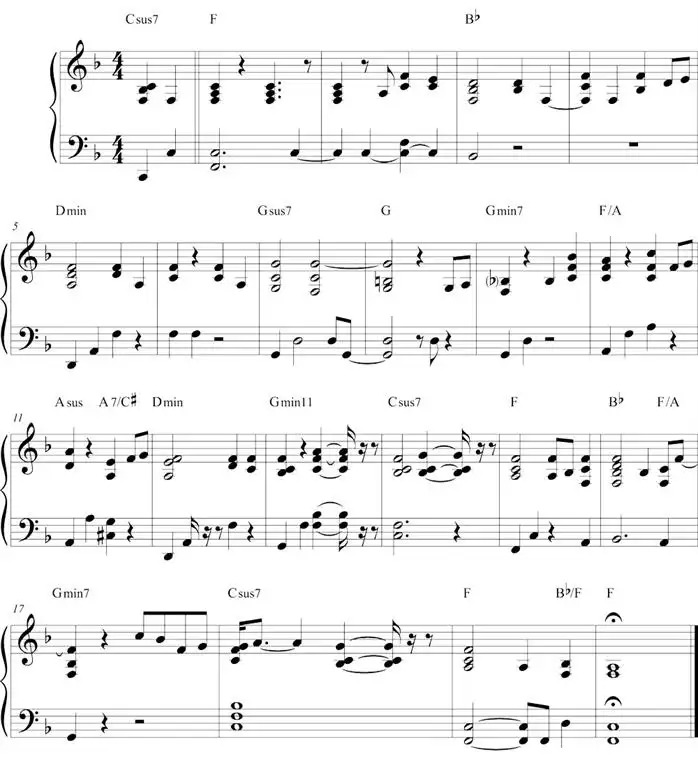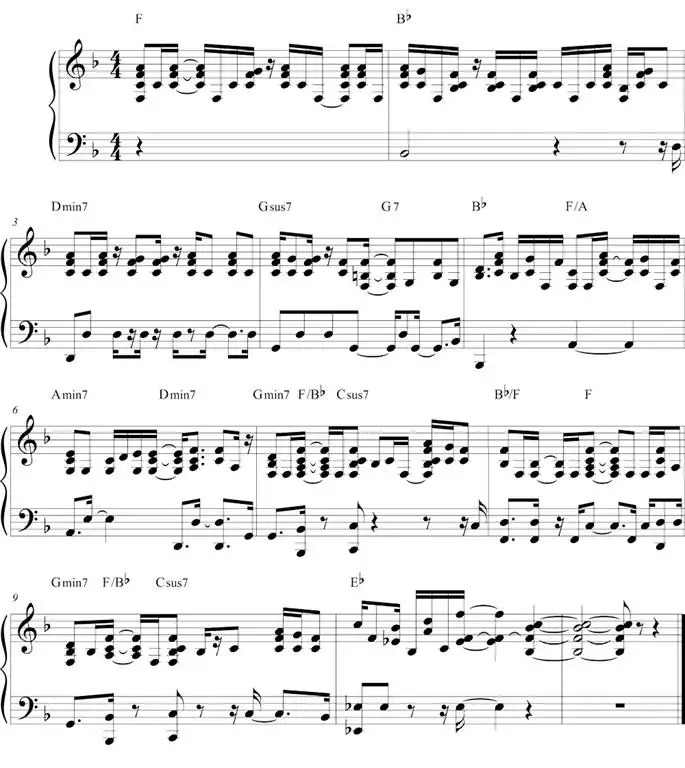How to play rhythm piano
It's a subtle art

Over the years, I’ve had the opportunity to play piano in many different styles. Whether I’m playing pop, rock, or country, the piano’s role in all of these genres is almost always to play rhythm.

• Explore our pick of the best digital pianos
• The best online piano lessons available today
• The best acoustic pianos for all budgets
The most important principles of rhythm piano are listening and responding to the rest of the rhythm section. Being a great rhythm piano player is, in many ways, like being a great drummer.
There’s nothing worse than a severe difference of opinion between the keyboardist and the drummer as to where the groove is, so my philosophy is that the drummer is generally correct!
Here are four examples of rhythm piano, all using the same chord progression and key, but employing different stylistic interpretations. Remember, if drummers like playing with you, you’re headed for success!
1. Gospel and ghosts
Ex. 1 is a Gospel-style rhythm piano part, and one I’ll use in pop music if the song calls for a little “church.” The basic feel is quarter-notes, but throwing in accented, dotted quarters helps outline the groove I’m going for. In this example, you’ll notice my frequent use of “ghost” rhythms alongside the main rhythmic pulse. This technique helps outline the track’s subdivision, and also helps me groove with the drummer without overplaying. These “ghosts” are very subtle, much like the ones a drummer often plays on the snare in between backbeats.

2. NoLa swing
In Ex. 2, I’m playing a New Orleans-style rhythm piano part. The key to this style is to find a rhythmic pocket somewhere in between straight and swing eighth-notes. As in the previous example, I do a lot of “ghosting” alongside the main rhythmic pulse, which again helps the piano and drums connect. Remember that the main idea of rhythm piano playing is getting inside the drummer’s feel so you can feed off of each other in a rhythmic conversation.

3. Play the feel, not the fill
Ex. 3 is a standard pop/country ballad. This kind of piano part needs to flow seamlessly between chord changes, so remember that simplicity and relaxation are the hallmarks. As in Ex. 1, the basic feel is quarter-notes, with eighth-notes used as connectors. Any additional fills should be derived from that quarter-note pulse, and never interfere with it, as illustrated by the saying, “Play the feel, not the fill.” My approach to this type of accompaniment is to try to make it sound like the singer is playing the piano as well. Any fills or extra bits should only be in response to the vocal.
Want all the hottest music and gear news, reviews, deals, features and more, direct to your inbox? Sign up here.

4. Hornsby-ing
Ex. 4 is a midtempo, Bruce Hornsby-esque rhythm piano part. In this style, I often use octaves or sustained “drone” notes, filling in chord structures while keeping the drone notes constant. Notice how this style affords the pianist an even greater opportunity to play like a drummer. Once again, I’m filling in rhythmic “ghosts” or subdivisions with my left hand to accentuate the pulse. The accents of these “ghosts” really help telegraph the song’s groove. For me, this process is very much a physical one, where I use my body to feel the music I make on the piano. For this style, a little Gospel grit can go a long way.
